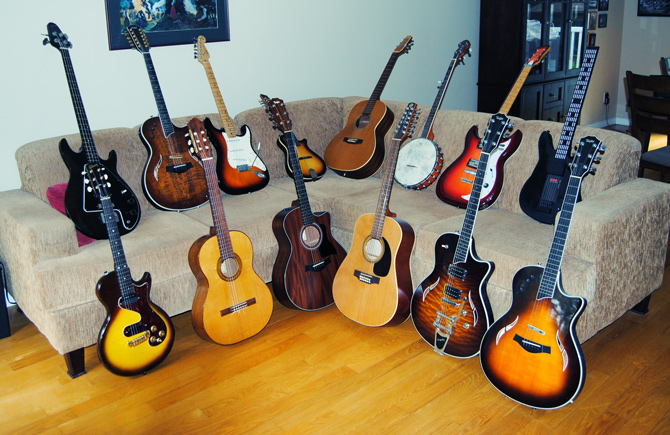The end of the Great War brought much jubilation to the American public and, in a few short years, the Roaring Twenties and the Jazz Age unceremoniously barged through the door. The transition was rapid and dizzying. Music in the immediate post-war era had still favoured the sentimental and often corny offerings of vaudeville with shades of ragtime but, by 1925 and the first electric recordings of popular music, that sentimentality had disappeared and been replaced by a very contemporary brand of revelry. Many songs of the early post-war era, like “Blues My Naughty Sweetie Gives To Me”, featured a slow intro to the later more lively proceedings but these intros were quickly abandoned and were not to be heard in any subsequent recordings.
I first heard “Blues My Naughty Sweetie Gives To Me” in the 1960s as part of the amazing repertoire of the Jim Kweskin Jug Band. It was a dynamic, short piece, enthusiastically delivered by the band. It was only through research into the piece that I eventually heard the intro that was part of its earliest incarnation. The intro is certainly dated and I can even understand why everyone decided to ignore it for the last 100 years. However, I surely don’t agree with the practice.History, as it relates to any discipline, is the repository of all human knowledge. It is all we have. Consequently, it is in my view a very grave error to rewrite it or change its facts in any way. If a musical idiom falls out of favour in more modern times, is it not the height of arrogance to simply erase it? Are contemporary people superior to those who came before? So, not surprisingly, I have chosen to play “ Blues My Naughty Sweetie Gives To Me” in its original form, complete with its intro, corny to some but completely legitimate.
Richard Séguin – voice, mandolin, acoustic guitar, electric bass, kazoo
To hear the song, click on the song title below.



Ajouter un mot
You must be logged in to post a comment.